What is a Resume
A resume is a concise summary of your professional experience, skills, and educational background. It serves as a snapshot of your qualifications, designed to quickly inform potential employers about your suitability for a specific role. The primary goal of a resume is to get you an interview by showcasing your relevant achievements and abilities. It’s a critical document in the job application process, acting as your first impression.
Resume’s Primary Purpose
The primary purpose of a resume is to highlight your relevant skills, experience, and qualifications that align with the job you’re applying for. It’s a marketing document that sells your abilities to a potential employer. Resumes are designed to be quickly scanned by recruiters, so it’s essential to present your information in a clear, organized, and easy-to-read format. A well-crafted resume increases your chances of getting noticed and securing an interview.
Key Components of a Resume
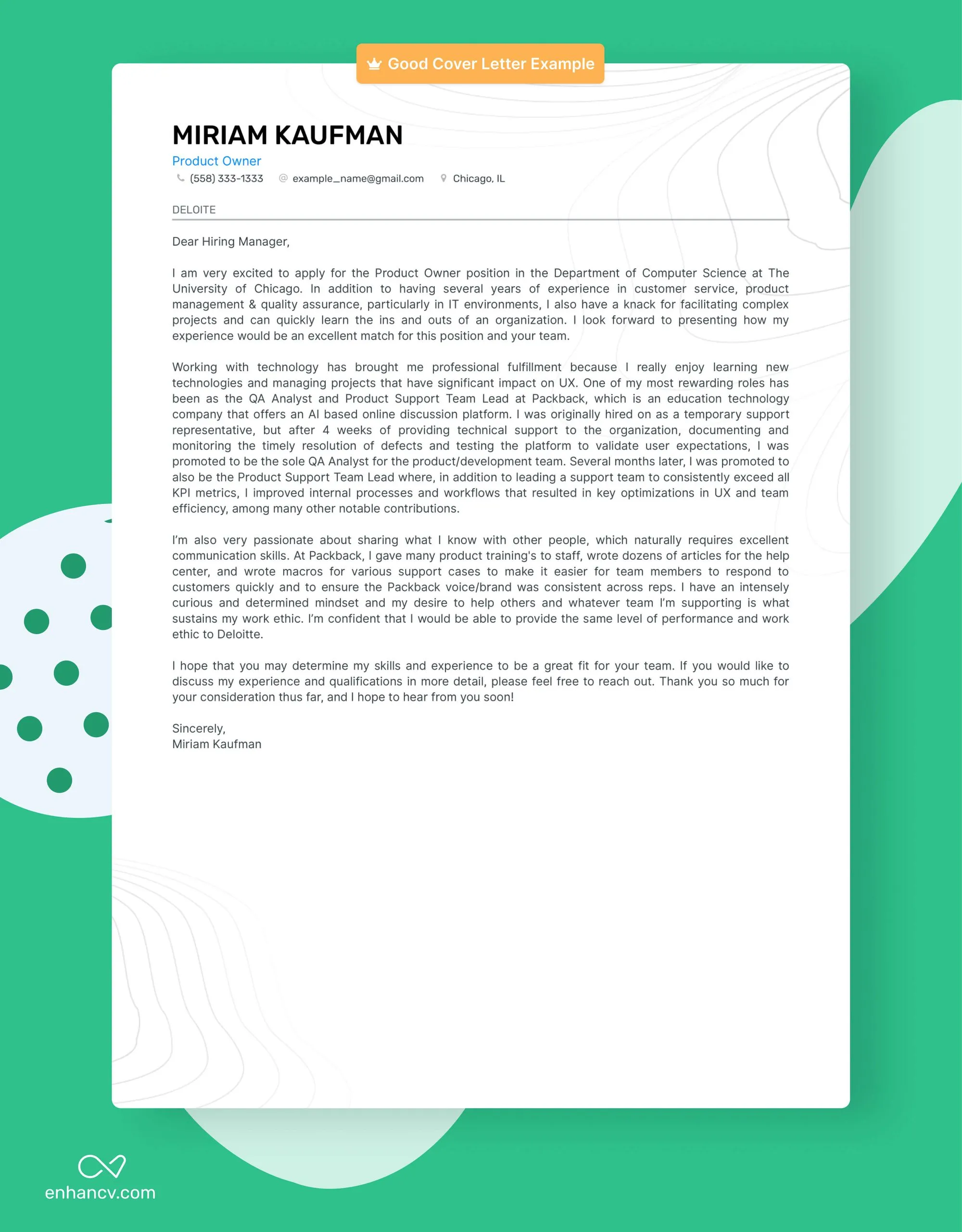
A standard resume typically includes several key sections that provide a comprehensive overview of your qualifications. These components work together to present a complete picture of your professional background and skills. Each section is designed to highlight specific aspects of your career, making it easier for employers to assess your suitability for the role. These sections may vary based on individual experiences and preferences, but all aim to present a clear picture of qualifications.
Work Experience Section
The work experience section is the heart of your resume. This section details your previous job roles, including your responsibilities, accomplishments, and the results you achieved. Use action verbs to describe your contributions and quantify your achievements whenever possible. Focus on experiences that are most relevant to the job you are applying for, and tailor this section to match the job description. Highlighting your successes and demonstrating your value to past employers increases your chances of being noticed.
Skills Section
The skills section highlights your abilities. It’s important to include both hard skills (technical abilities like software proficiency) and soft skills (interpersonal and communication skills). Tailor your skills to match the job requirements, and consider grouping skills into categories for clarity. Use keywords from the job description to ensure your resume gets through applicant tracking systems (ATS). Demonstrating both technical and soft skills illustrates your capacity to succeed in the role.
Education Section
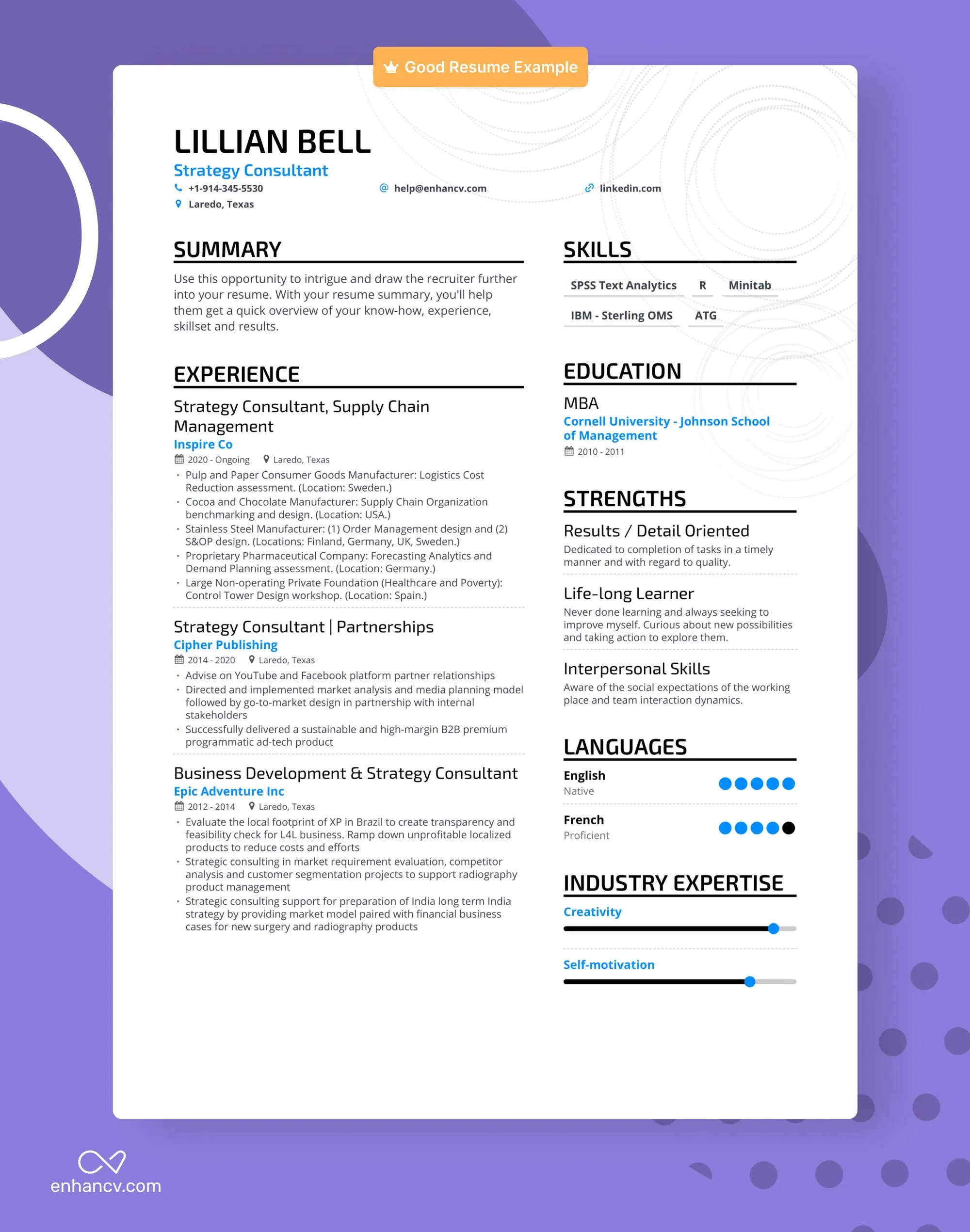
The education section provides information about your academic background, including degrees earned, institutions attended, and graduation dates. You can also include relevant coursework, honors, or achievements. If you have extensive work experience, this section may be placed towards the end of your resume. If you are a recent graduate, it might be placed higher up. Ensure that this section is well-organized and easy to understand, providing a clear overview of your academic credentials.
What is a Cover Letter
A cover letter is a personalized document that accompanies your resume, providing an opportunity to elaborate on your qualifications and express your interest in a specific job. It serves as a way to connect your skills and experience to the employer’s needs, demonstrating why you are a good fit for the role and the company. The cover letter allows you to showcase your personality, writing skills, and communication style, setting you apart from other candidates.
Cover Letter’s Core Function
The core function of a cover letter is to introduce you to the employer, highlight your key skills and experiences, and explain why you are the ideal candidate. It allows you to tell your story and demonstrate how your qualifications align with the job requirements and the company’s mission. It provides a chance to express your enthusiasm and tailor your application to the specific role, making a strong case for why you should be selected for an interview.
Key Elements of a Cover Letter
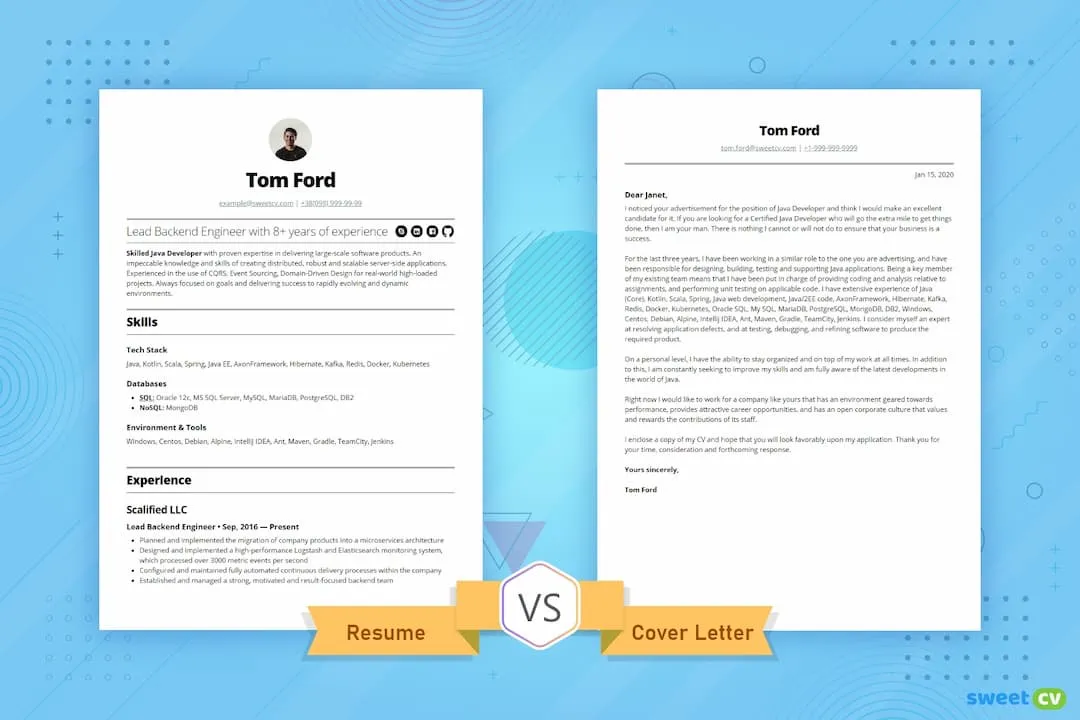
A well-crafted cover letter includes several essential elements designed to grab the reader’s attention and provide a compelling narrative. These elements work together to present a coherent and persuasive argument for why you are the best candidate. A strong cover letter can significantly improve your chances of landing an interview, offering a more personalized touch.
Header and Contact Information
Start your cover letter with a professional header that includes your contact information (name, address, phone number, and email address) and the date. Also, include the employer’s contact information (name, title, and company address) if available. The header establishes your professionalism and makes it easy for the employer to contact you. Make sure all information is accurate and up-to-date.
Greeting and Introduction
Begin your cover letter with a professional greeting. If possible, address the hiring manager by name; otherwise, use a general greeting like “Dear Hiring Manager.” The introduction should state the position you are applying for and briefly explain how you learned about the opportunity. Expressing enthusiasm and stating your interest will set a positive tone from the start.
Body Paragraphs Highlighting Skills
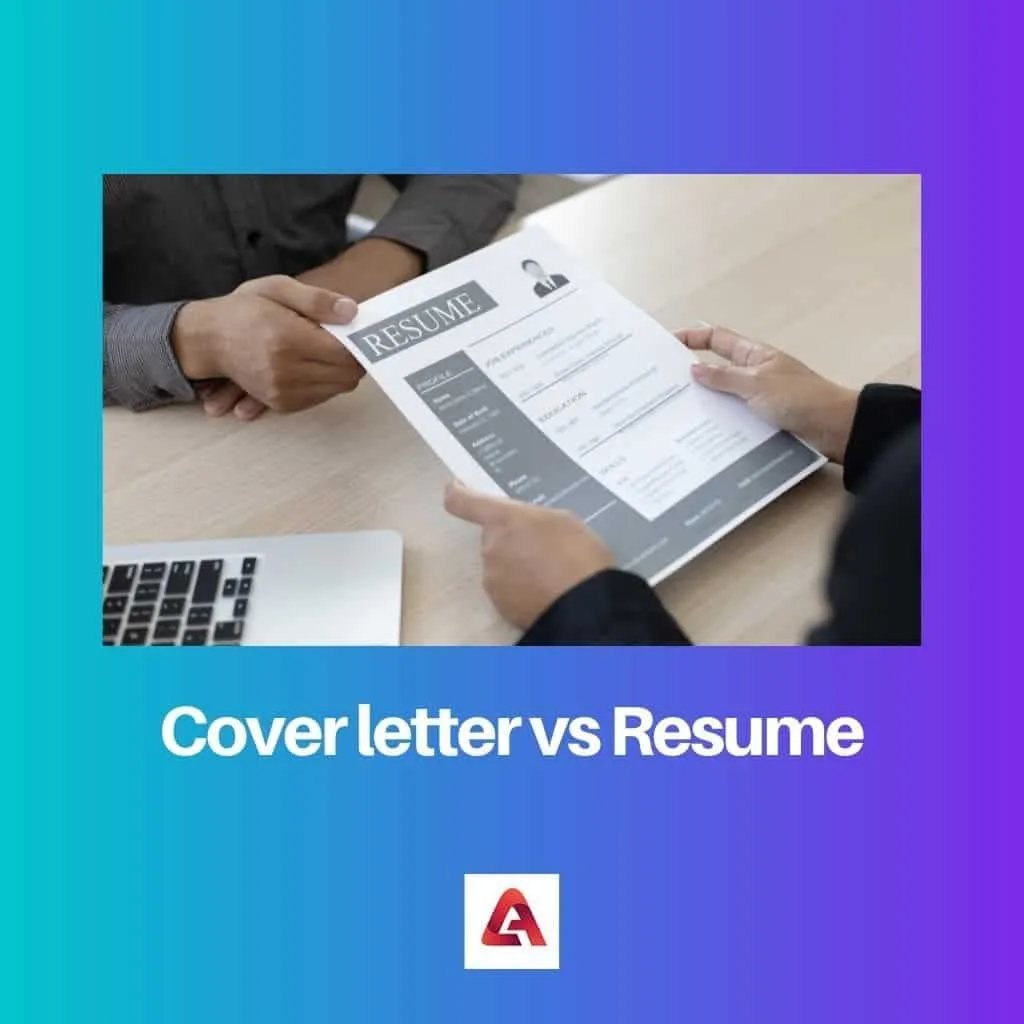
The body paragraphs should detail your relevant skills and experiences, explaining how they align with the job requirements. Provide specific examples to demonstrate your abilities and accomplishments. Tailor each letter to the specific job, highlighting skills and experiences that are most relevant to the role. Use clear and concise language, and focus on the value you can bring to the company.
Closing and Call to Action
In your closing paragraph, reiterate your interest in the position and thank the hiring manager for their time and consideration. Include a call to action, such as expressing your availability for an interview or encouraging them to contact you. End with a professional closing, such as “Sincerely” or “Best regards”, followed by your full name. Proofread your cover letter thoroughly for errors before submitting it.
Resume vs Cover Letter Key Differences
Resumes and cover letters have distinct purposes and formats, and understanding their differences is crucial for effective job applications. While both documents are essential, they serve different roles in the application process. The contrast between the two helps to highlight the specific contribution and overall function.
Length and Content Differences
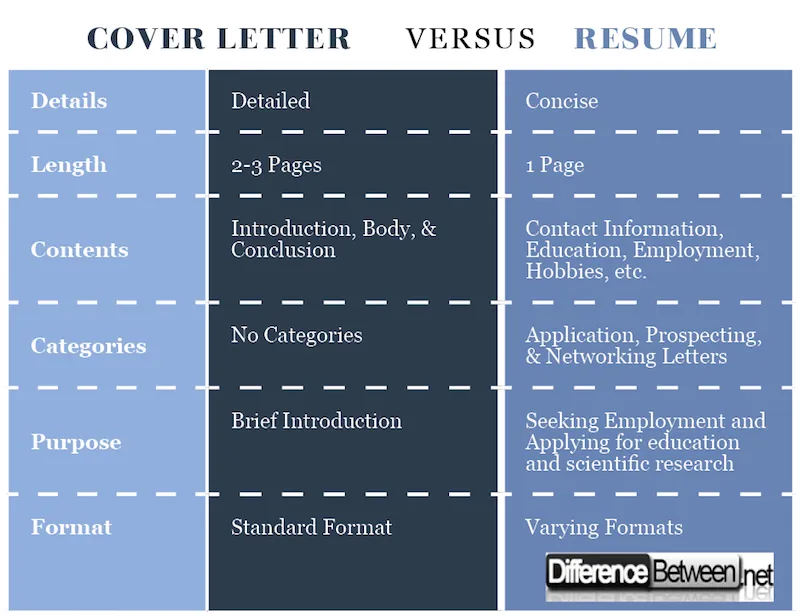
A resume is typically concise, usually one to two pages, and focuses on providing a brief overview of your qualifications. It emphasizes your experience, skills, and education. In contrast, a cover letter is generally one page and allows for more detailed explanations and narrative, enabling you to showcase your personality and explain how your skills align with the job requirements. Cover letters provide context and allow for the development of your professional story.
Targeted vs General Approach
Resumes often take a more general approach, suitable for multiple job applications, with adjustments made to match the job posting. Cover letters are highly targeted and customized for each specific job. The letter is a direct way of addressing how your qualifications match the specific requirements of the position. This customization is essential for demonstrating your interest and suitability.
Purpose and Focus
The primary goal of a resume is to secure an interview by presenting your qualifications concisely. It acts as a quick reference for employers. The focus is on your skills and experience. The cover letter’s purpose is to introduce you, highlight your interest, and elaborate on how your skills meet the needs of the employer. Its focus is on storytelling and connecting your qualifications to the job.
When to Use Each Document
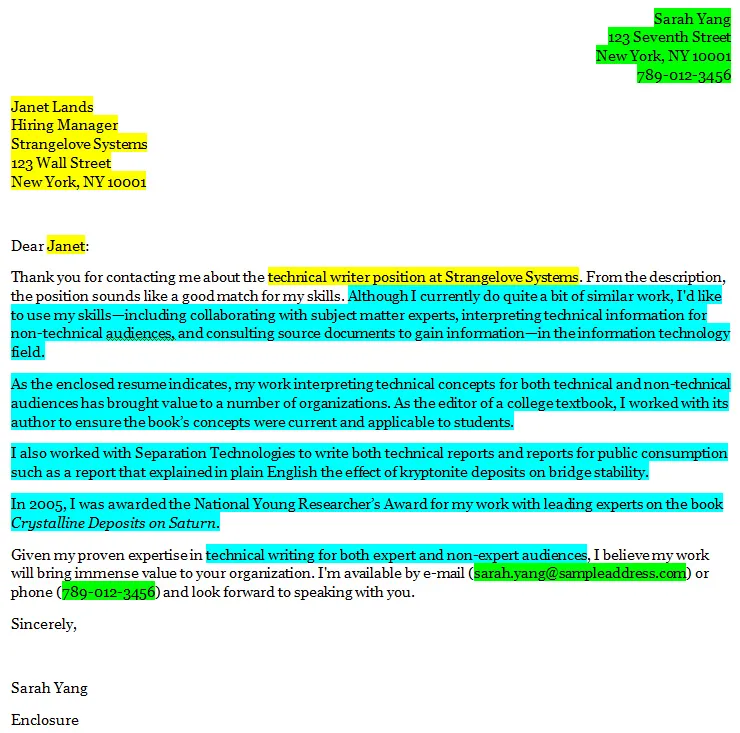
Knowing when to use a resume and a cover letter is essential for a successful job application. Each document serves a unique purpose, and understanding their respective roles will maximize your chances of getting an interview.
When to Use a Resume
Always submit a resume when applying for a job. It’s the foundational document in your job search, regardless of the specific role or industry. Your resume should be tailored to the job description and updated to reflect your current qualifications. It is essential for providing a quick overview of your background to recruiters and hiring managers.
When to Use a Cover Letter
Generally, submit a cover letter with your resume unless the job posting explicitly states otherwise. A cover letter is your opportunity to demonstrate your interest, personalize your application, and showcase how your skills align with the job requirements. It’s especially valuable when you have a gap in your work history, are changing careers, or want to emphasize a specific aspect of your experience.
Crafting a Resume and Cover Letter
Creating effective resumes and cover letters requires attention to detail, strategic content, and a focus on highlighting your strengths. These documents are essential for making a positive impression and progressing in your job search.
Resume Best Practices
Use a clean and professional format, ensuring readability. Tailor your resume to each job description, emphasizing relevant skills and experiences. Use action verbs to describe your accomplishments and quantify them whenever possible. Proofread carefully for any typos or grammatical errors. Keep your resume concise and easy to scan. Use keywords that match the job description to pass through applicant tracking systems (ATS). Consider using a modern, visually appealing design to make your resume stand out. Ensure the format is consistent throughout your resume.
Cover Letter Best Practices
Personalize each cover letter to the specific job and company. Address the hiring manager by name, if possible. Highlight your most relevant skills and experiences, providing specific examples. Express your enthusiasm for the position and the company. Maintain a professional and engaging tone. Proofread your cover letter meticulously for any errors. Tailor your cover letter to the company’s culture and values. End with a strong call to action, expressing your desire for an interview.
Final Thoughts on Resume & Cover Letter
Resumes and cover letters are indispensable tools in your job search. A well-crafted resume provides a clear overview of your qualifications, while a compelling cover letter allows you to showcase your personality and express your enthusiasm. By understanding the key differences between these documents and following best practices, you can significantly increase your chances of landing an interview and securing your dream job. Remember to tailor each document to the specific job and company, highlighting your unique skills and experiences.
